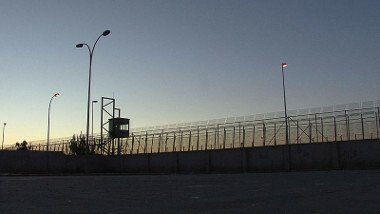Yugoslavia became a unified state after World War I, bringing together various ethnic groups that had been enemies for centuries. This conflict dates back to the Middle Ages, when the Muslim Turks invaded and dominated the Balkan Peninsula, submitting the Croatian Serbs. During Turkish rule, many inhabitants of the region converted to Islam. Let's now make a brief summary of the region's history:
• Historic Serbia (Kosovo) was populated by Albanians (Muslims).
• In Bosnia and Herzegovina, Muslim Slavs appeared.
• The Serbs withdrew to the north, where Krajina was built.
• Montenegro's Serbs managed to maintain independence.
• With the weakening of the Turks in the 19th century, Bosnia and Herzegovina became an Austrian domain.
• In 1878, Serbia and Montenegro gained their independence from the Ottoman Empire.
• In 1912, Serbia, Montenegro, Greece and Bulgaria defeated the forces of the Ottoman Empire – Turkey.
• In 1912, the Serbs dominated the last territories of the Turks.
• In 1913, Bulgaria declared war on its former allies and was defeated.
• The assassination of the heir to the Austro-Hungarian throne, Archduke Franz Ferdinand, by a student in Sarajevo, was the missing ingredient for the start of the First World War.
• With the failure of the Austrians in World War I, the Slavs constituted the kingdom of the Serbs, Croats, and Slovenes.
• In 1929, this kingdom was renamed Kingdom of Yugoslavia.
• In 1941, faced with the danger of Yugoslavia joining the allies, because of popular pressure, the Germans and their allies occupied the country.
• As a result, Yugoslav territory was divided between Germany, Italy, Bulgaria and Hungary.
• Ante Pavelic founded the fascist and nationalist movement in Croatia, spanning Bosnia and Herzegovina. The Serbs were inhumanly slaughtered.
• Serbian resistance was controlled by the Chetniks in Mihailovic and the Partisans in Josip Broz Tito.
• At the end of the war, the monarchy was abolished. Tito transformed Yugoslavia into the People's Federative Republic of Yugoslavia, winning the elections.
• The socialist ideal and the charisma of Josip Broz Tito overcame national issues and eased internal tensions.
• Tito died in 1980. The economy, after a period of growth, went into crisis. Unemployment, inflation and foreign debt became part of the daily life of the Yugoslav people.
• On June 25, 1991, after a referendum, the parliaments of Slovenia and Croatia declared independence. Slobodan Milosevic, elected president of Serbia in 1989, did not approve the autonomy of the two republics. Then civil war broke out.
• After a bloody civil war, the region had the following sovereign states: Slovenia, Croatia, Yugoslavia (Serbia and Montenegro); Bosnia and Herzegovina and Macedonia.
Sadly, these regions are still fueled by ethnic rage, fueled by an ancient hatred and the dread of being ruled by their opponents. The civil war that took place in Yugoslavia was certainly the cruelest of the crisis of socialism and even today clashes are still taking place.
By Lilian Aguiar
Graduated in History
Brazil School Team
Source: Brazil School - https://brasilescola.uol.com.br/historiag/a-iugoslavia.htm

